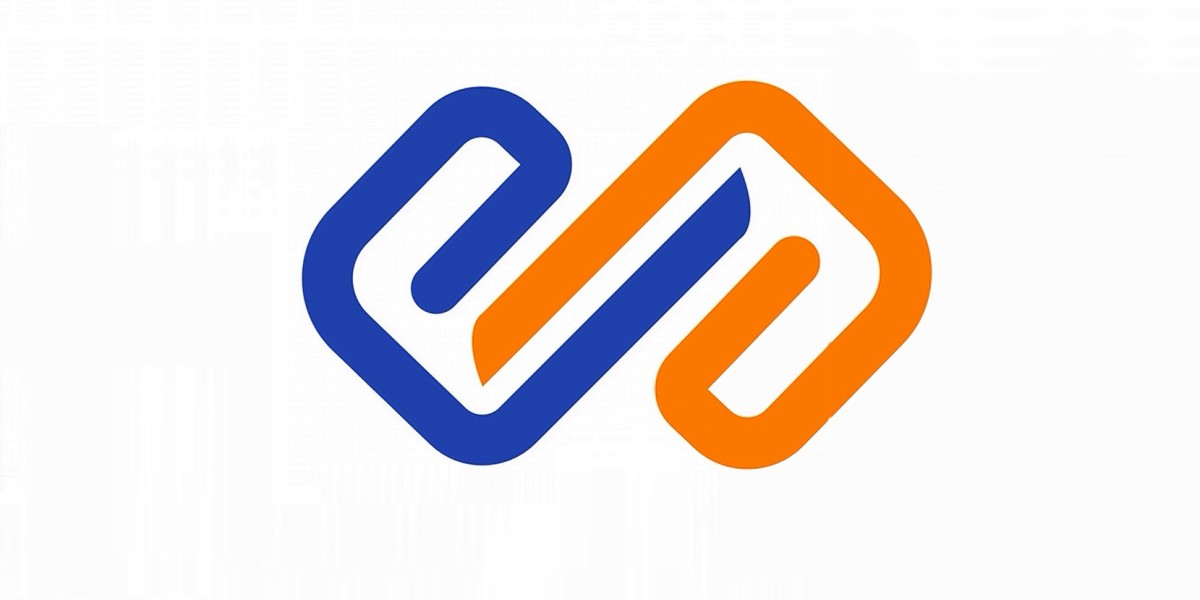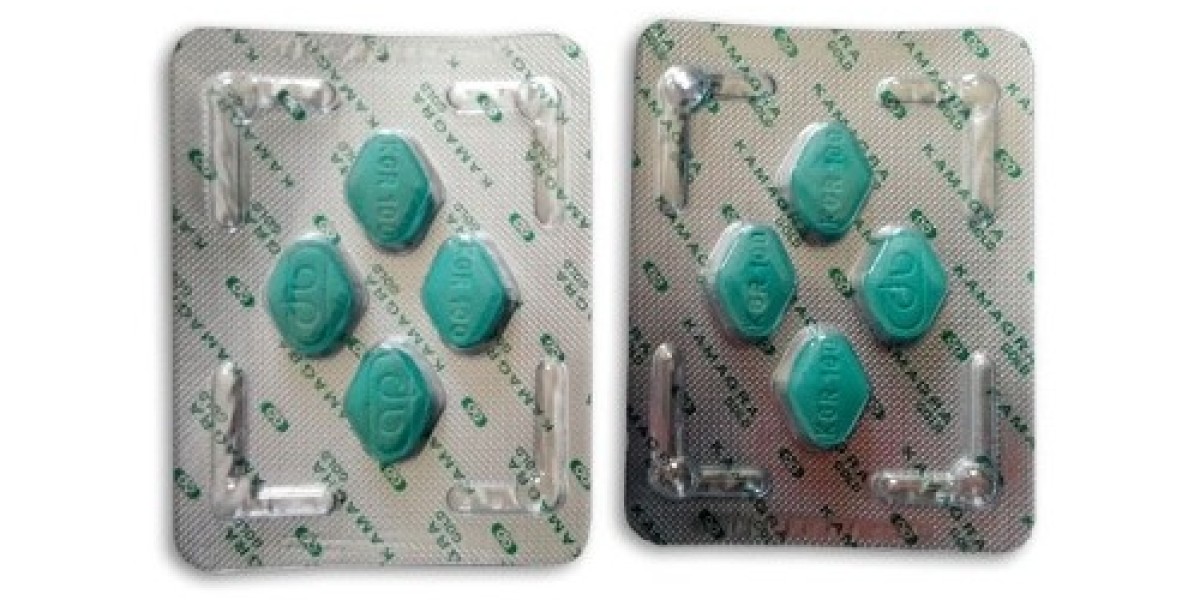Introduction
Regardless of the wind, the sun rises and we can see solar inverter troubleshooting: 8 common problems and easy solutions.When it comes to harnessing solar energy, solar inverters play a crucial role in converting the direct current (DC) generated by solar panels into alternating current (AC) for use in homes and businesses. However, like any electronic device, solar inverters can encounter issues that may hinder their performance. In this article, we will explore 8 common problems that solar inverters may experience and provide easy solutions to troubleshoot these issues effectively.
1. No Power Output
One of the most common issues with solar inverters is the lack of power output. This can be caused by a variety of factors, including a tripped circuit breaker, a faulty DC disconnect, or a malfunctioning inverter. To troubleshoot this problem, start by checking the circuit breaker to ensure it hasn't been tripped. If the breaker is fine, inspect the DC disconnect and the inverter for any visible signs of damage or malfunction. In some cases, a simple reset of the inverter may resolve the issue.
2. Overheating
Overheating is another prevalent issue that solar inverters may encounter, especially during hot weather or due to inadequate ventilation. When an inverter overheats, it can lead to reduced efficiency and potential damage to the internal components. To address this problem, ensure that the inverter is installed in a well-ventilated area and that airflow around the device is not obstructed. Additionally, consider installing a fan or implementing passive cooling methods to regulate the inverter's temperature.
3. Ground Faults
Ground faults can occur in solar inverters due to insulation degradation, moisture ingress, or wiring issues. When a ground fault occurs, it can disrupt the normal operation of the inverter and pose safety risks. To troubleshoot this problem, conduct a thorough inspection of the wiring and connections to identify any signs of damage or moisture. Additionally, using insulation resistance testers can help pinpoint the location of the ground fault and facilitate timely repairs.
4. Communication Errors
Modern solar inverters are equipped with communication interfaces that allow them to connect to monitoring systems and enable remote diagnostics. However, communication errors can arise, preventing the inverter from transmitting data or receiving commands. To address this issue, check the communication cables and connections to ensure they are secure and undamaged. Resetting the communication settings on the inverter and the monitoring system can also help resolve communication errors.
5. Arcing and Corrosion
Over time, solar inverters may experience arcing and corrosion at connection points, which can lead to electrical arcing and compromised performance. Regular inspection and maintenance of the inverter's terminals and connections are essential to prevent arcing and corrosion. Cleaning the terminals and applying anti-corrosion compounds can help mitigate these issues and ensure the longevity of the inverter.
6. Voltage Fluctuations
Fluctuations in voltage output can impact the efficiency and stability of solar inverters, resulting in potential damage to connected devices. To troubleshoot voltage fluctuations, verify the input voltage from the solar panels and the output voltage from the inverter to identify any irregularities. Adjusting the settings of the inverter to match the optimal voltage range can help stabilize the output and prevent voltage fluctuations.
7. Inverter Noise
Unusual noise emanating from a solar inverter can indicate internal issues such as loose components, fan malfunctions, or bearing wear. When troubleshooting inverter noise, carefully inspect the internal components for any loose or damaged parts. Lubricating the fan bearings and securing loose components can help eliminate the noise and restore the inverter's normal operation.
8. Firmware and Software Updates
As technology advances, solar inverters may require firmware and software updates to enhance their performance and compatibility with new components. Failure to update the inverter's firmware and software can lead to compatibility issues and reduced efficiency. To address this, regularly check for updates from the manufacturer and follow the recommended procedures to install the latest firmware and software versions for the inverter.
Conclusion
By understanding the common problems that solar inverters may encounter and implementing the easy solutions provided in this article, users can effectively troubleshoot issues and ensure the optimal performance of their solar energy systems. Regular maintenance, thorough inspections, and proactive measures are essential in preventing and addressing these common problems, ultimately maximizing the efficiency and longevity of solar inverters.







